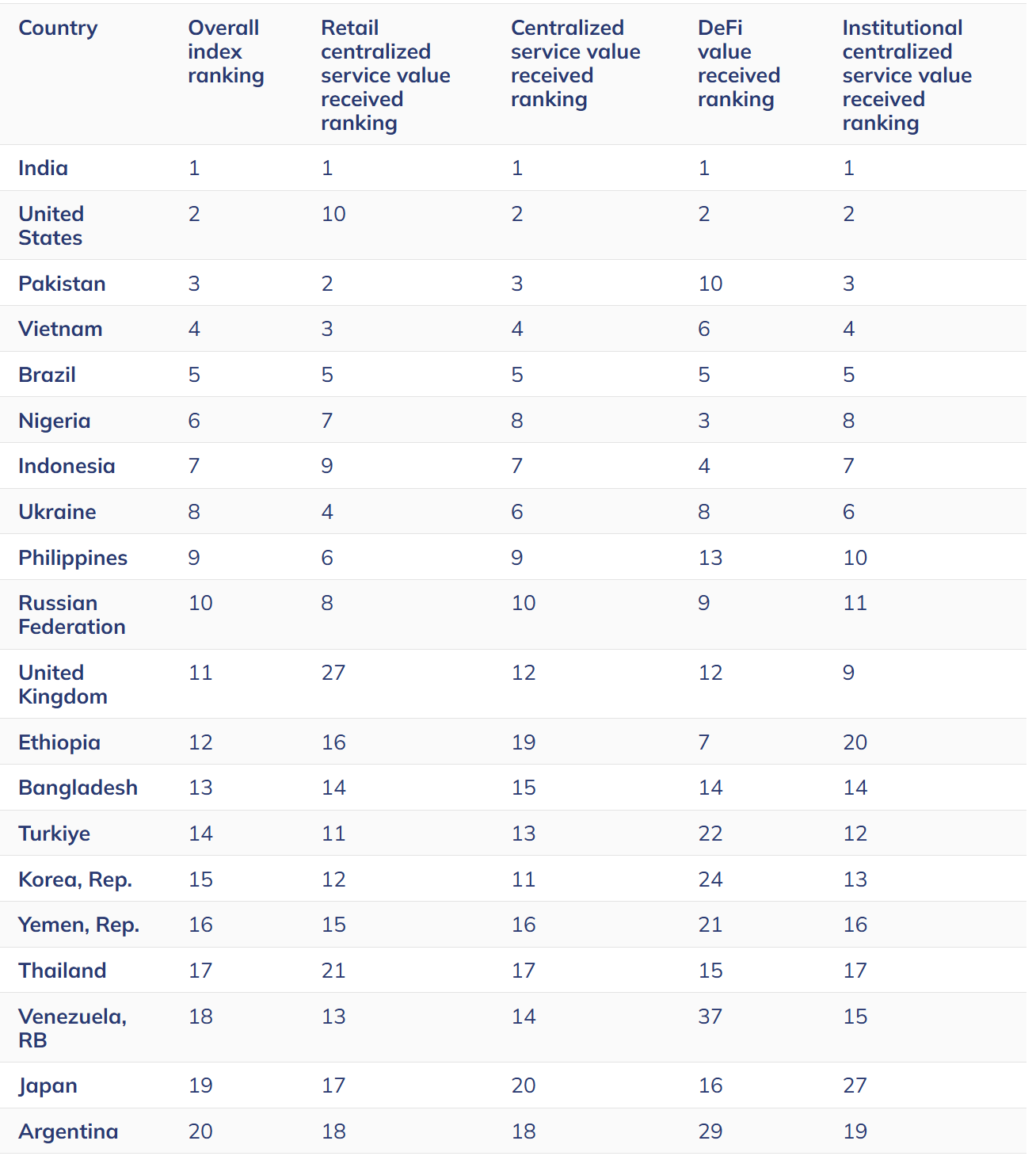USDt adoption in Venezuela has surged as stablecoins replace the bolívar for daily payments amid 229% inflation; USDt (USDT) provides price stability and liquidity, enabling wages, groceries and vendor settlements to be denominated and settled in stablecoins.
-
Stablecoins like USDt are widely used for everyday payments in Venezuela.
-
Venezuela reports multiple USD exchange rates; USDt on Binance often guides market pricing.
-
Stablecoins made up 47% of sub-$10k crypto transactions in 2024; overall crypto activity rose 110% (Chainalysis).
USDt adoption in Venezuela leads payments as inflation hits 229%, enabling stable daily commerce and saving — read how to adapt and protect local incomes.
What is USDt adoption in Venezuela and why is it growing?
USDt adoption in Venezuela refers to the widespread use of Tether’s USDt stablecoin as a medium of exchange and unit of account. With annual inflation at 229%, Venezuelans increasingly price goods and receive payments in USDt to preserve value and maintain liquidity for daily transactions.
How are people and businesses using stablecoins for everyday payments?
Vendors, landlords and service providers are quoting prices in USD or USDt and accepting stablecoins for groceries, condo fees, salaries and vendor services. Market participants prefer USDt for its liquidity and faster settlement compared with bolívars or restricted bank transfers. Mauricio Di Bartolomeo, co-founder of Ledn, described USDt as a “financial equalizer” across social classes in Venezuela (statement to Cointelegraph).
As inflation hits 229%, stablecoins like USDt are overtaking Venezuela’s bolívar for everyday payments, from groceries to salaries.
Stablecoins like USDt have become the de facto currency for millions of people navigating a crumbling financial system in Venezuela as the country’s annual inflation rate surges to 229%.
Once limited to crypto-savvy users, Tether’s USDt (USDT), often referred to locally as “Binance dollars,” is now widely used across Venezuela for everything from groceries and condo fees to salaries and vendor payments, Mauricio Di Bartolomeo, who fled Venezuela before co-founding Ledn in 2018, told Cointelegraph.
The bolívar, Venezuela’s national currency, is largely dead in daily commerce. Hyperinflation, strict capital controls, and a fractured exchange rate landscape drive a growing preference for stablecoins over cash or local bank transfers.
What exchange rates are influencing pricing and payments?
There are currently multiple USD-related rates used by Venezuelans: the official Central Bank (BCV) rate, parallel market rate, and the USDt rate available on crypto platforms. Market actors often select the rate that provides the best liquidity and predictability for transactions.
| Rate Type | Value (bolívars per USD) | Typical Use |
|---|---|---|
| Official Central Bank (BCV) | 151.57 | Used by state entities and regulated accounting |
| Parallel market | 231.76 | Open-market cash and OTC trades |
| USDt rate on Binance | 219.62 | Common for vendor pricing and payments |

Venezuela ranked 18th globally for crypto adoption. Source: Chainalysis
Di Bartolomeo said that even routine expenses like condo fees, security services, and gardening are now quoted and paid in stablecoins. From small bodegas to mid-sized businesses, USDt has replaced fiat cash as the settlement method of choice.
Larger state-controlled entities remain tethered to the BCV exchange rate, but most market participants prefer the Binance dollar’s efficiency and accessibility.
Why do capital controls push people toward stablecoins?
Government-imposed capital controls limit official USD access, creating parallel markets for foreign currency and digital assets. Official USD allocations are reportedly redirected to politically connected firms, which resell dollars at higher parallel rates. As a result, economic actors avoid the bolívar and transact in stablecoins to preserve value.
“Capital controls also create a parallel market for cash and stablecoins, as economic actors refuse to accept the worthless local currency for payment,” Di Bartolomeo said. “If and when they reluctantly accept it, they rush to trade it into stablecoins or USD.”
How widespread is crypto adoption in Venezuela?
Venezuela ranks highly in crypto adoption metrics when adjusted for population. According to Chainalysis’ 2025 Global Crypto Adoption Index, Venezuela ranked #18 globally and #9 on a per-capita basis. In 2024 stablecoins accounted for 47% of Venezuelan crypto transactions under $10,000 and overall crypto activity increased by 110% year-over-year.
Frequently Asked Questions
How do everyday vendors accept USDt payments?
Vendors accept USDt through mobile wallets, P2P platforms and crypto exchanges, often converting receipts into a preferred reserve currency quickly. This minimizes exposure to rapid bolívar devaluation and speeds settlement.
What risks should users consider when relying on stablecoins?
Risks include counterparty risk, platform liquidity, regulatory changes, and on/off-ramp availability. Users mitigate risk by using reputable custodial services, diversifying holdings and monitoring local exchange rates.
How to use USDt for payments in Venezuela (snippet-friendly)
- Set up a secure crypto wallet that supports USDt.
- Buy USDt via a trusted exchange or peer-to-peer trade using bolívars or foreign currency.
- Use wallet transfers or QR-payments to send USDt to vendors; confirm receipt before delivering goods or services.
- Convert USDt to other assets if needed through OTC desks or exchanges with sufficient liquidity.
Key Takeaways
- USDt adoption in Venezuela: Stablecoins are now common for daily transactions due to hyperinflation.
- Multiple exchange rates: Official, parallel and USDt/crypto platform rates coexist and affect pricing.
- Practical steps: Residents use wallets, P2P trades and local market liquidity to pay and convert funds.
Conclusion
As Venezuela’s inflation reaches 229%, Venezuela stablecoins such as USDt have moved from niche use to mainstream payments. Stablecoins offer practical alternatives to a failing fiat currency, reshaping local commerce and worker compensation. Watch regulatory and liquidity developments closely and consider USDt strategies to protect local incomes.